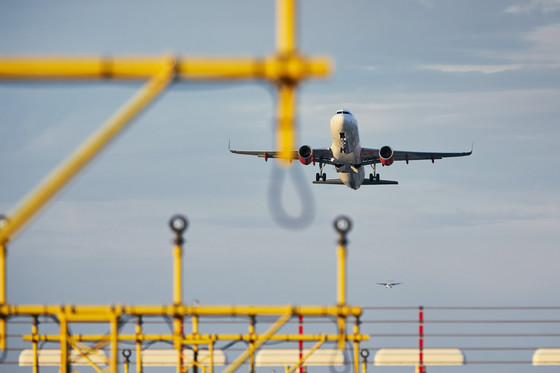The aviation system failure that caused more than 1,600 flights to be canceled and the total damage to exceed 19 billion yen was caused by the failure of the three-letter abbreviation 'DVL' along with the backup.

In August 2023, a technical problem occurred in the air traffic control system of the British aviation company NATS, resulting in the cancellation of more than 1,600 flights and affecting more than 700,000 passengers. An independent committee's investigation into the issue revealed that the system caused an error due to a code name for the waypoint used in the aircraft's navigation system, and that problems also occurred in the backup system.
Independent Review of NATS (En Route) Plc's Flight Planning System Failure on 28 August 2023
(PDF file) https://www.caa.co.uk/publication/download/21478
UK CAA: 2023 NATS Meltdown Affected 700,000 Passengers & Cost Airlines $82 Million
https://simpleflying.com/uk-caa-2023-nats-meltdown-affected-700000-passengers-cost-airlines-82-million/
UK air traffic system failure triggered by misidentified French Bee flightplan waypoint | Flight Global
https://www.flightglobal.com/safety/uk-air-traffic-system-failure-triggered-by-misidentified-french-bee-flightplan-waypoint/157386.article
On August 28, 2023, FPRSA-R, an automated flight plan processing system for air traffic control, was unable to automatically process flight plans due to an anomaly in the data it received, and all flight plans had to be processed manually. As a result, the number of flight plans that could be processed dropped sharply from approximately 800 per hour to 60, resulting in the cancellation of more than 1,600 flights on that day and the cancellation or delay of more than 700,000 passengers.
The outage caused estimated losses to NATS of around £65 million, with losses to insurers and travel operators estimated at up to £100 million.
UK Transport Secretary Louise Hague said: 'The NATS outage was an unprecedented event and we hope it will never happen again. The Department for Transport will introduce reforms where possible to ensure that we offer the highest possible level of protection for air travellers.'

The cause of the outage was that the flight plan for an aircraft traveling from Los Angeles to Paris contained two different waypoints with the same three-letter code.
At 4:59 a.m. on August 28, 2023, French Bee Airlines flight BF731 departed Los Angeles for Paris. At 8:32 a.m. on the same day, the flight plan for BF731 was sent to NATS's FPRSA-R. The flight plan included two waypoints, Devil's Lake in North Dakota, USA, and Deauville in France, both of which were represented by the code 'DVL'.

Because the two waypoints were completely different but had the same code, the FPRSA-R confused the two waypoints, resulting in an error that caused it to 'assume the exit from UK airspace was earlier than the entry.'
To prevent the erroneous flight data from being transmitted to air traffic control, FPRSA-R automatically went into maintenance mode. However, because it was trying to process the same flight plan data, an error also occurred in maintenance mode. At this time, an acknowledgement of receipt could not be sent to AMS-UK, the system that sends flight plan data to FPRSA-R, and a problem occurred with the connection between FPRSA-R and AMS-UK. Eventually, automatic processing of flight plans stopped completely, and only manual processing was possible.

FPRSA-R had a mechanism to hold four hours of flight data required by air traffic controllers. At the time of the system failure, the flight data for the next four hours was stored in the National Airspace System (NAS), and air traffic controllers could use this data. However, if updates from the FPRSA-R system ceased, the accuracy of the stored data would gradually deteriorate because the aircraft's route, speed, altitude, etc. were not updated.
As a result, FPRSA-R was no longer able to provide reliable data to air traffic controllers, including as a backup, and the UK air traffic control system decided to reduce the number of flights it could handle per hour from 800 to 60.
It took about seven hours to restore the system. The independent committee cited a number of factors that contributed to the delay in restoration, including a delay in contacting Frequency, the developer of FPRSA-R, a delay in contacting Level 2 engineers, a delay in Level 3 engineers being called in for assistance ...
Related Posts:







